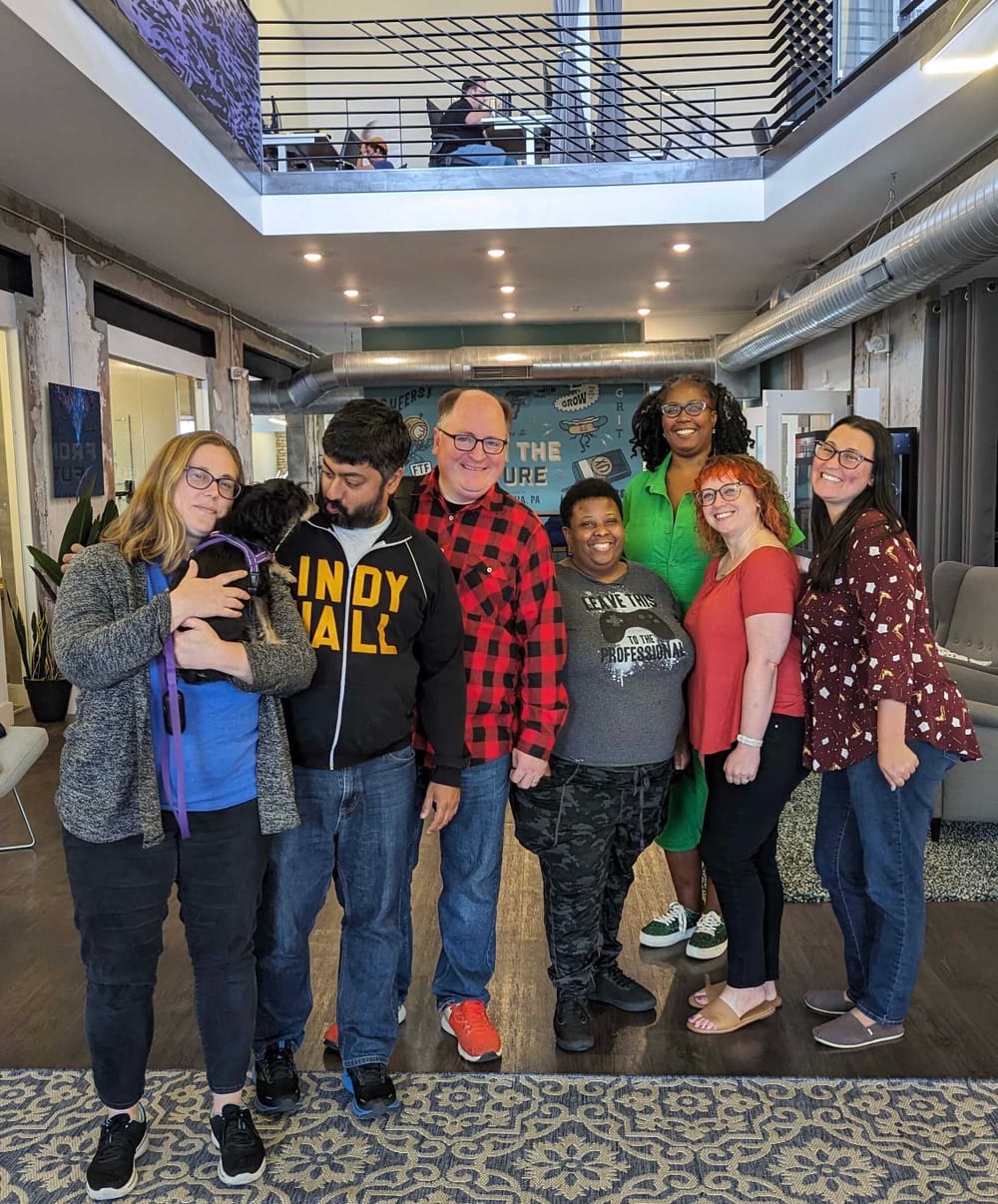Stay in the Loop
BSR publishes on a weekly schedule, with an email newsletter every Wednesday and Thursday morning. There’s no paywall, and subscribing is always free.
Going backstage at BSR: The truth about reviewing
BSR Behind the Scenes: Why do we need arts criticism?

“In a time when theatres are closing every other month and institutions continue to struggle to regain audiences, this review is incredibly egregious.”
Somehow, emails like this one hit my inbox only after BSR has published a mixed or negative review. Nobody writes to me like this when one of our critics has offered a rave review; in fact, it’s rare that any of the creators involved contact us at all in that case. They just excerpt the review in their next company mailer so their audience knows the show is a success (and gets tickets!).
“I am all for critique,” artists (or even highly invested audience members) who are feeling the bruise of a negative opinion sometimes say to us, the reviewers—until, apparently, the critique is aimed at them (or a show they loved). Suddenly, it’s not a valid critique at all! Instead, something is wrong with the writer. If the review is positive, great! But if the review is negative, well, critics are just do-nothing haters, and nothing we say matters. We are malicious, ill-informed, numb to true artistry, and we must have been biased before we walked in the door. (See, critics know all about how it feels to receive criticism.)
A growing disconnect
In one way, it makes sense: of course, artists and institutions dislike negative reviews and enjoy positive ones. They’re allowed to have and express their feelings, privately or publicly. The disconnect, for me, is the implicit claim that the critic’s work is valuable to artists only when the review is positive and the belief that negative reviews are bad for the arts industry overall.
I think these disconnects are accelerating. I’ve been in my role at BSR for about five years and have been working as an arts journalist and reviewer for more than 15 years. I see it in contemporary dialogue about critics, including would-be theater reformers who claim that everyone will be better off if we shut the critics out. I see it in my inbox and the comment section. I see it when people claim that all you need is your social media feed, not articles by journalists. I even see it in many emails from PR folks, who make spritely offers to help with preview or feature coverage but do not mention reviews or create confusion or long delays when we request review tickets.
That’s why I wanted to include the topic of critique in our BSR Behind the Scenes series. At BSR, we’ve been fighting the decline of arts journalism for almost 20 years, and the lion’s share of our coverage targets an even thinner slice of the modern industry: reviews of the local arts scene.
What is 21st-century arts journalism giving us?
Major local outlets do have some coverage of locally based arts events, but it’s rarely a review. They’re previews, features, interviews, or recommendations. These are valuable: they connect readers to our creative sector, drive ticket sales, and deliver some cultural education.
What they don’t do is offer any substantive critique of the work. They don’t push us to consider who and what is being represented, and how and why and when; push us to imagine how the work could be better or more inclusive; or offer an independent evaluation for readers deciding how to spend their limited time and money.
The rise of the TikTok artist
In our Wednesday, November 29, class about getting started as a critic, Intro to Review-Writing: A Webinar with the Editors at BSR (open to all for a $20 donation; free for our Friends), we dive deeper into the multifaceted role of the critic. But for now, I’ll point to a great piece by Artnet writer Ben Davis about the aftermath of his review of a gallery show by viral TikTok portraitist Devon Rodriguez.
In his original review, Davis covers the artist’s history, contextualizes his genre, describes and critiques the work itself, observes the cultural conditions around the work, and poses cogent questions about the work and its social-media setting. It’s a fair, well-researched, and well-written review—what any critic ought to deliver.
But Rodriguez didn’t like it. Despite his own feel-good image, he urged his tens of millions of followers to personally attack Davis because of his professional critique. In his follow-up, Davis considers the phenomenon of artists in the social-media age, how they grapple (or not) with the traditional art world, and why the role of the critic still matters.
“If there’s no criticism of it,” Davis posits of Rodriguez’s work, “all the marketing companies and PR people looking to piggyback on Rodriguez’s popularity will stuff his feed with more and more cringe celebrity content and half-baked promo ideas” until his platform loses its original charm. This isn’t good for anyone, but “it happens all the time that artists get stuck doing whatever first brought them success, and dealers or marketers encourage them to just do the same thing because it’s the easiest thing to sell, thereby undermining what could be a more enduring career.”
The benefits of critique
That’s a big part of why critique—whether or not any individual critique is positive—is good for artists, good for audiences, and good for the industry. Would we at BSR be helping the arts sector if we ran nothing but glowing reviews? That wouldn’t give the artists the feedback they deserve or encourage their innovation. And it wouldn’t build our readers’ trust. When we do publish a rave review, don’t you want to know that we’re being honest?
At BSR, we stand for critique as a conversation, not a dictate. Critique as something that builds the industry, not tears it down. Critique that connects you to the art. Critique that doesn’t just describe the status quo, but imagines where we could be. Critique that promotes well-earned expertise, not an inscrutable algorithm’s feed.
Critics do complex, important work, and we do it with energy and passion—and, for most of us, not a lot of money! Sometimes we get positive attention, and sometimes we don’t. But we keep at it regardless because we believe in what we do and what it means for the arts ecosystem and economy. And fortunately, so do our readers! We hear from you, too, we see the traffic that our reviews get, and we feel the love from our donors, who believe in our work and make it possible.
Above: Look out, it's the BSR critics (and their colleagues)! From left, Alaina Johns, Neil Bardhan, Stephen Silver, Crystal Sparrow, Anita Nicholson, Jill Ivey, and Catherine Smith. (Photo by Adam Teterus.)
Sign up for our newsletter
All of the week's new articles, all in one place. Sign up for the free weekly BSR newsletters, and don't miss a conversation.

 Alaina Johns
Alaina Johns